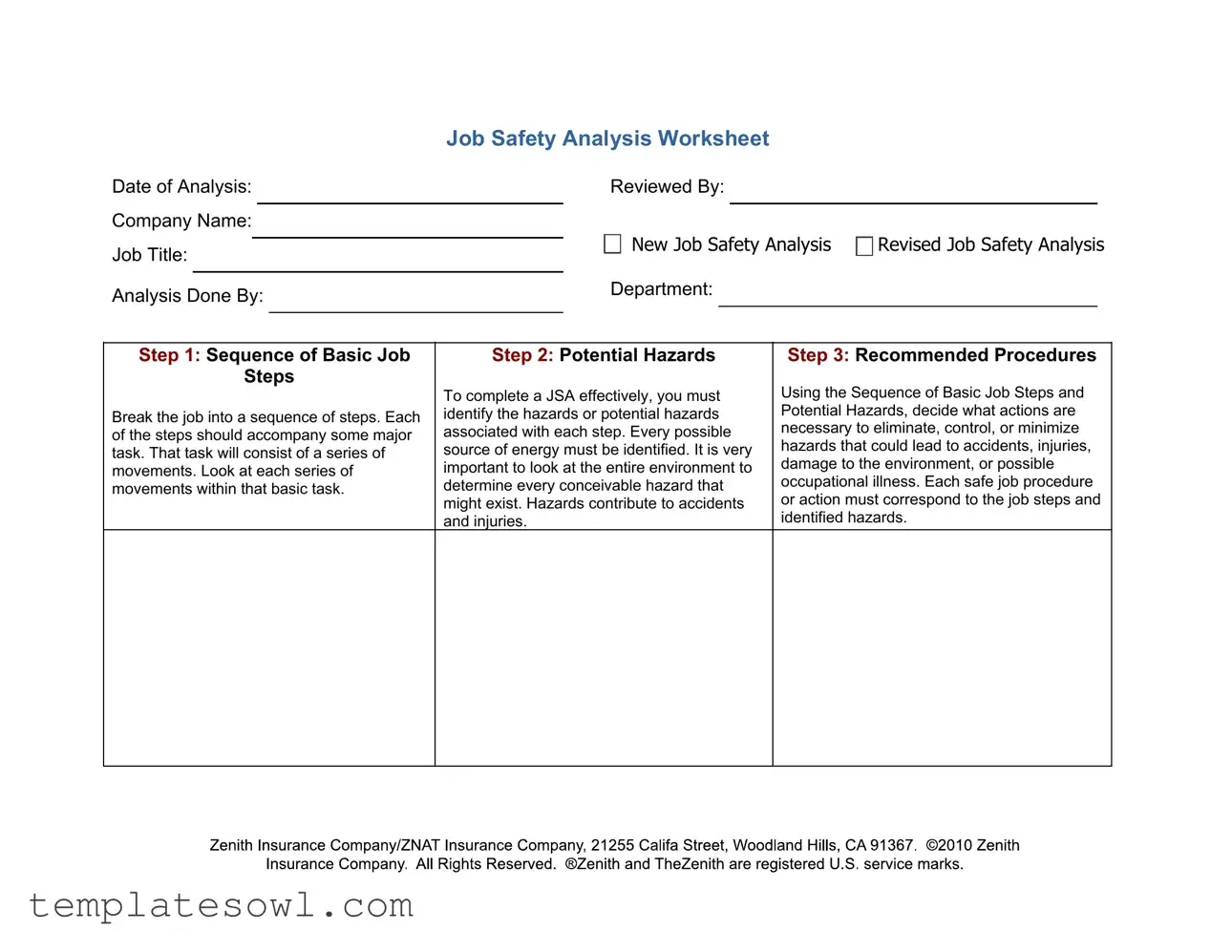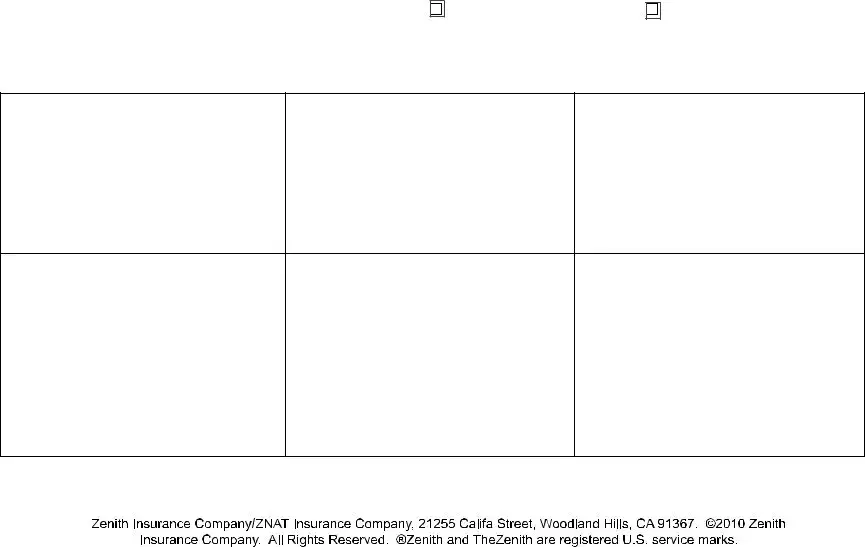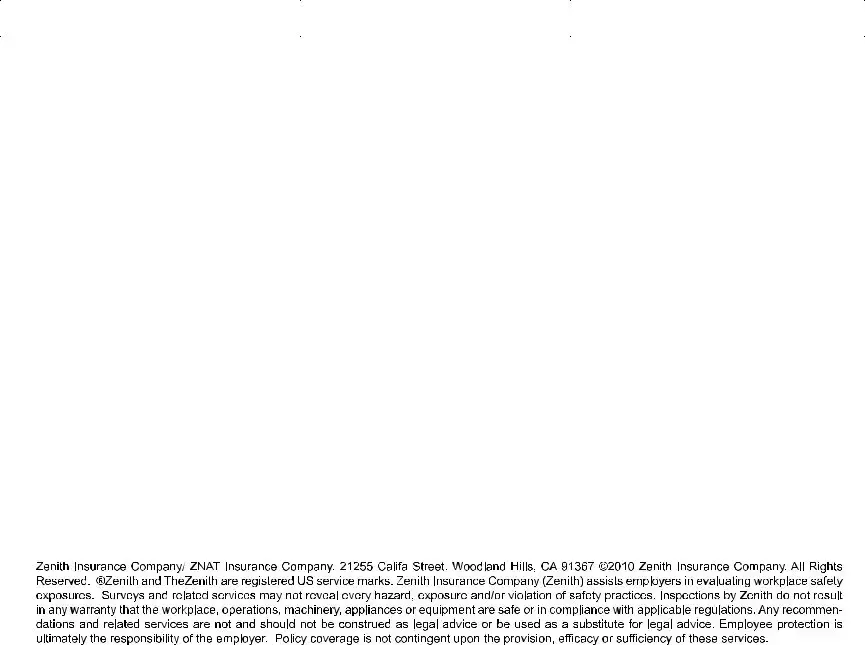What is a Job Hazard Analysis (JHA) form?
A Job Hazard Analysis form is a tool used to identify potential hazards associated with specific job tasks. By breaking down a job into its basic steps, it helps in recognizing risks and implementing safe work procedures. This proactive approach can reduce accidents and enhance workplace safety.
How do I fill out a Job Hazard Analysis form?
Start by breaking the job into a sequence of basic steps. Each step should reflect a major task that involves several movements. Next, identify potential hazards associated with each step, considering all possible energy sources and environmental factors. Finally, recommend procedures to eliminate or control those hazards, ensuring they align with the job steps outlined.
Why is a Job Hazard Analysis important?
Conducting a Job Hazard Analysis is crucial for maintaining workplace safety. It helps identify risks before they lead to accidents or injuries. By understanding and addressing potential hazards, companies can protect employees and promote a safer work environment.
Who should conduct the Job Hazard Analysis?
Typically, the analysis should be done by someone knowledgeable about the job, such as a supervisor or safety officer. Involving employees who perform the tasks can also be beneficial, as they can provide valuable insights into potential hazards and suggest practical safety measures.
How often should a Job Hazard Analysis be updated?
A Job Hazard Analysis should be reviewed regularly, especially when changes occur in the job process, equipment, or workplace environment. Additionally, if an accident occurs or new hazards are identified, it's important to re-evaluate and update the analysis accordingly.
What are some common hazards to look for in a Job Hazard Analysis?
Common hazards include slips, trips, and falls; exposure to harmful substances; machinery operation; electrical hazards; and ergonomic risks. It's essential to assess the environment thoroughly to identify all potential sources of danger related to the job steps.
Can a Job Hazard Analysis help with compliance?
Yes, implementing a Job Hazard Analysis can aid in compliance with workplace safety regulations and standards. By identifying and addressing hazards, a company can demonstrate its commitment to employee safety and potentially avoid penalties or fines associated with unsafe practices.


